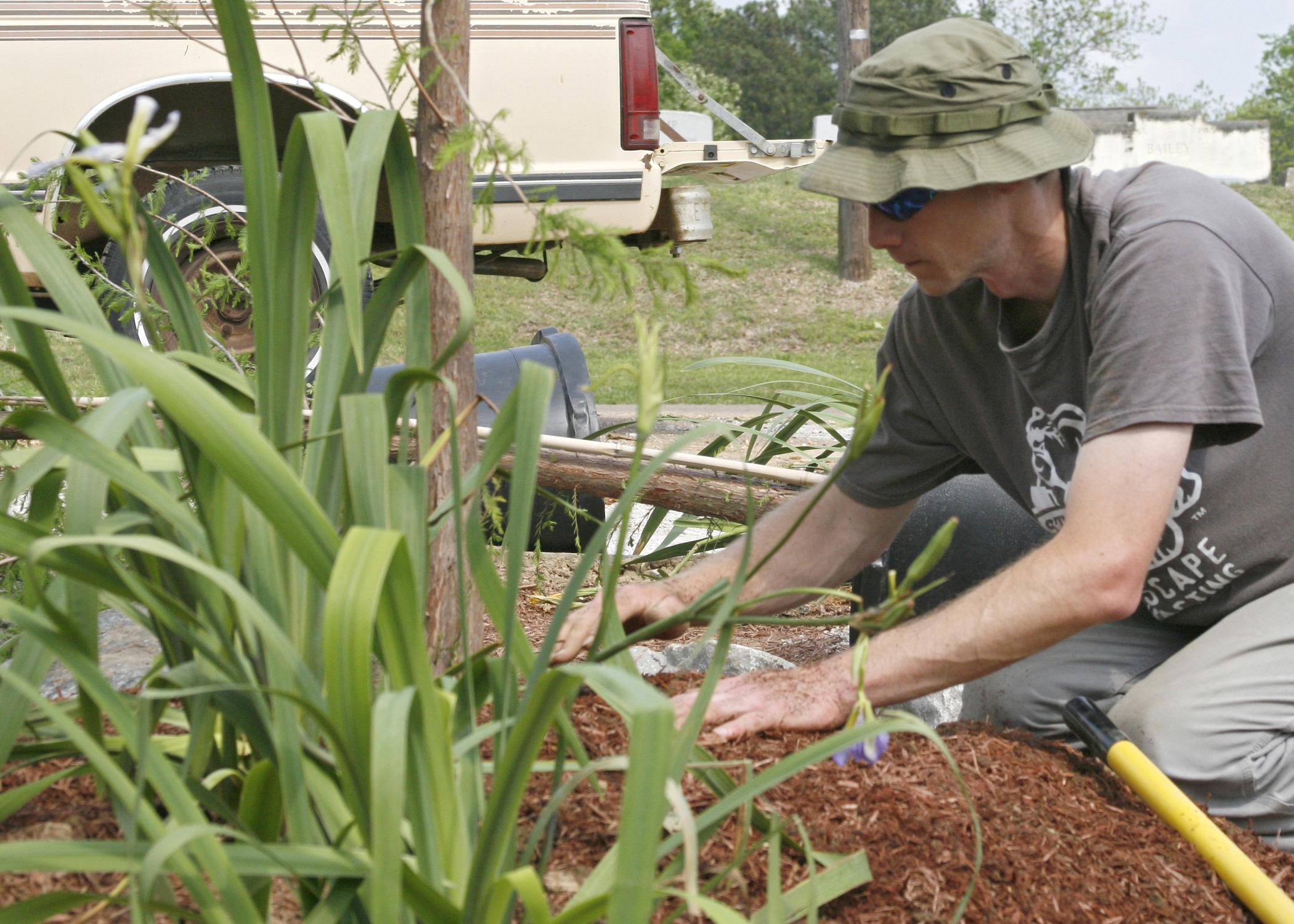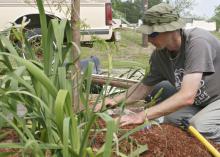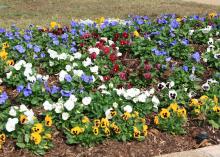Information Possibly Outdated
The information presented on this page was originally released on August 31, 2015. It may not be outdated, but please search our site for more current information. If you plan to quote or reference this information in a publication, please check with the Extension specialist or author before proceeding.
Use pleasant fall weather for landscape bed work
If I didn’t know better, I would swear that Mother Nature is teasing us.
This past weekend was glorious in my south Mississippi garden, especially in the humidity department. I don’t know the last time the humidity was 40 percent at the end of August and the heat index was below the temperature of the surface of the sun.
Like many other home gardeners, this break from the oppressive summer heat got me back out into the landscape to do some chores that needed to be done.
Today, I’m not writing about the great fall color we all want to plant in the coming weeks but about getting the landscape ready for the fall. There’ll be plenty of time later to write and talk about pansies, violas, snapdragons and the other great fall bedding plants.
The one big chore I had to do this weekend was to clean up a planting bed that had gotten away from me. I’ll be honest: There are times when my landscape reminds me of the shoemaker whose kids run around barefooted. It happens.
I don’t recall whether I forgot to treat the bed for weeds or the preemergence herbicide just ran out, but this bed was full of two of my landscape nemeses: chamber bitter and dove weed. I’m not alone in battling these weeds in gardens and landscapes because they are tough to control, even in the best of times.
One of the biggest mistakes we make is trying to treat the problem we see -- the growing weed -- because it’s easy.
Like other home gardeners, I find myself asking, “Now where is that weed killer?” That may work in the beginning of the summer, but by this time of year, those pesky weeds had already done their damage. They have produced about a bazillion seeds -- also called by the fancy term “seed bank” -- that will be causing me problems next year.
But this weekend, I couldn’t take it anymore and resorted to extreme measures, sort of. I removed the overgrowth of weeds, which is standard procedure, but then I used my flat spade to slice out the mulch and about 2 inches of garden soil. I was careful not to dig too far down into the soil. I hope this removed a majority of the seed bank.
To finish off the job, I applied a fresh, new layer of mulch. I used an organic mulch product I haven’t tried before: ground bark with a brown coloring that is supposed to keep its color for 12 months. We’ll see.
Organic mulches are great in helping conserve moisture in the soil and keep soil temperatures lower in the summer and higher in the winter. They also break down and help build better soil. Since they decompose, organic mulches must be replenished every year or two. Classic organic mulches include pine straw and bark.
I use bagged mulches because they’re convenient. I look for what’s on sale, so I’m always applying different mulches. I advocate that everyone use the organic mulch of his or her choice. If you’re fortunate to have lots of trees in your yard or neighborhood, shredded leaves make a great mulch and, except for some labor, they’re free.
So, taking a look at the weather forecast through the next week, I’m predicting a better than 90 percent chance of gardening. My advice is to take advantage of it.




